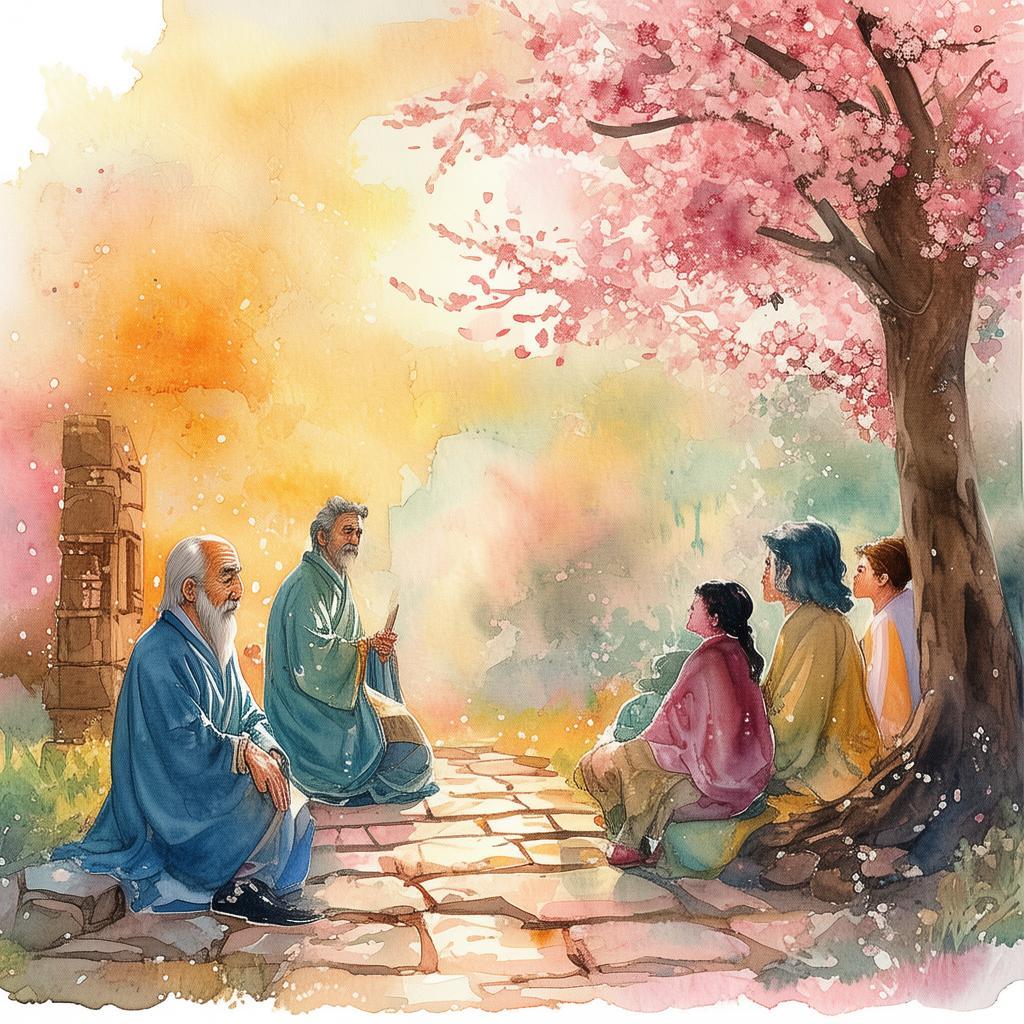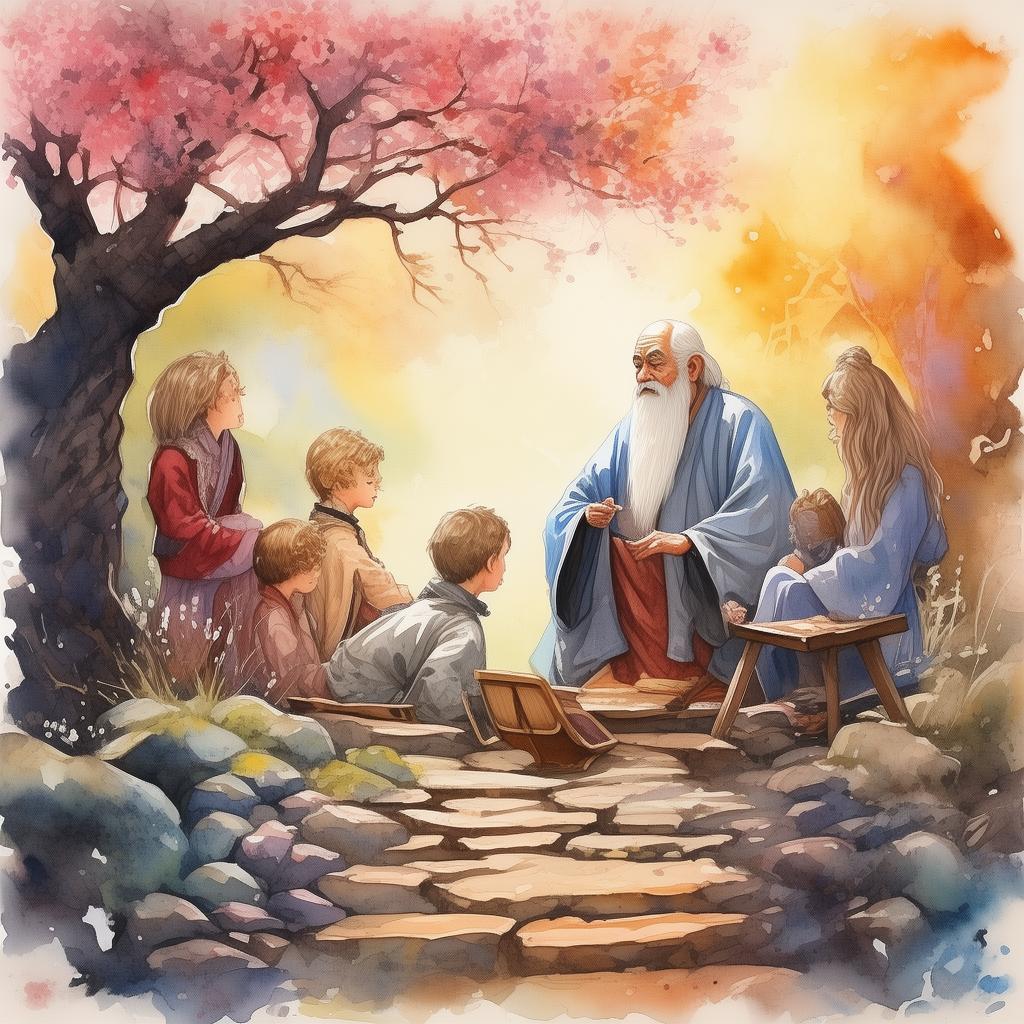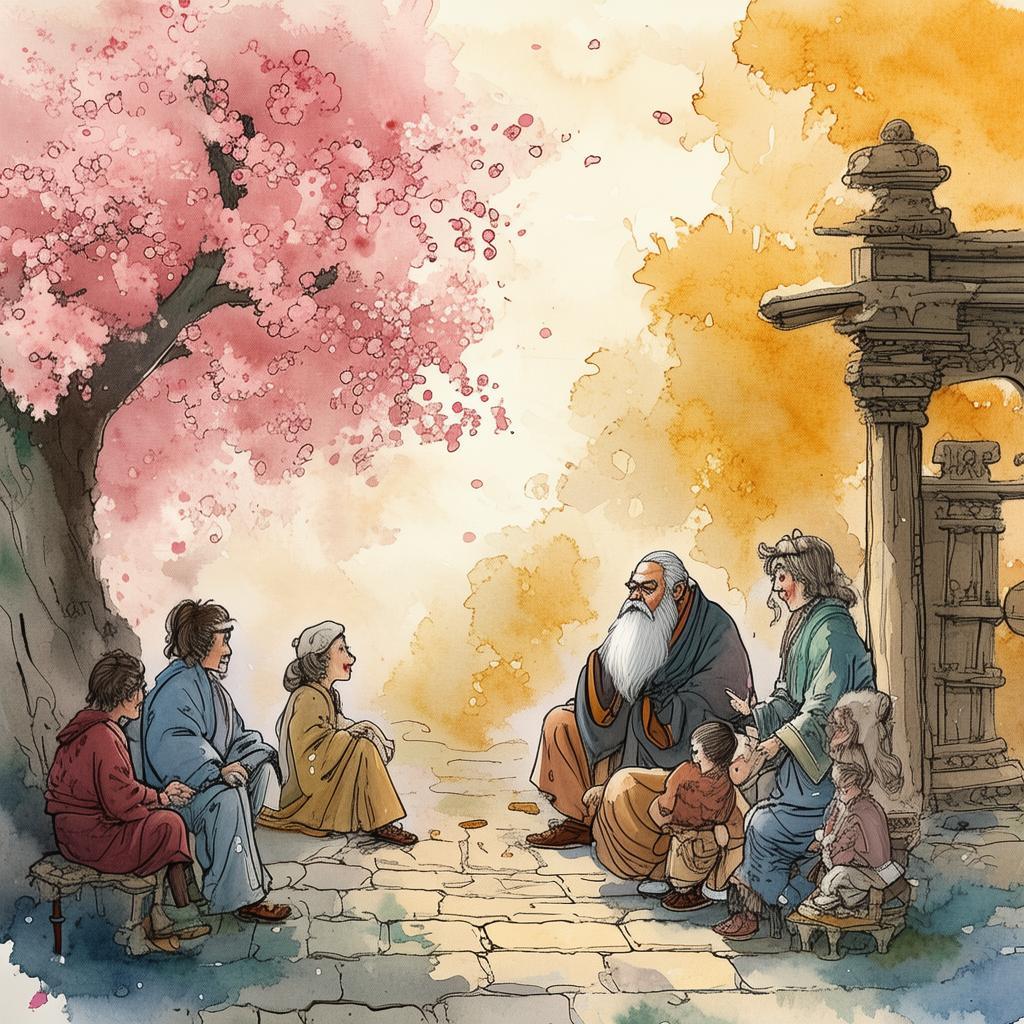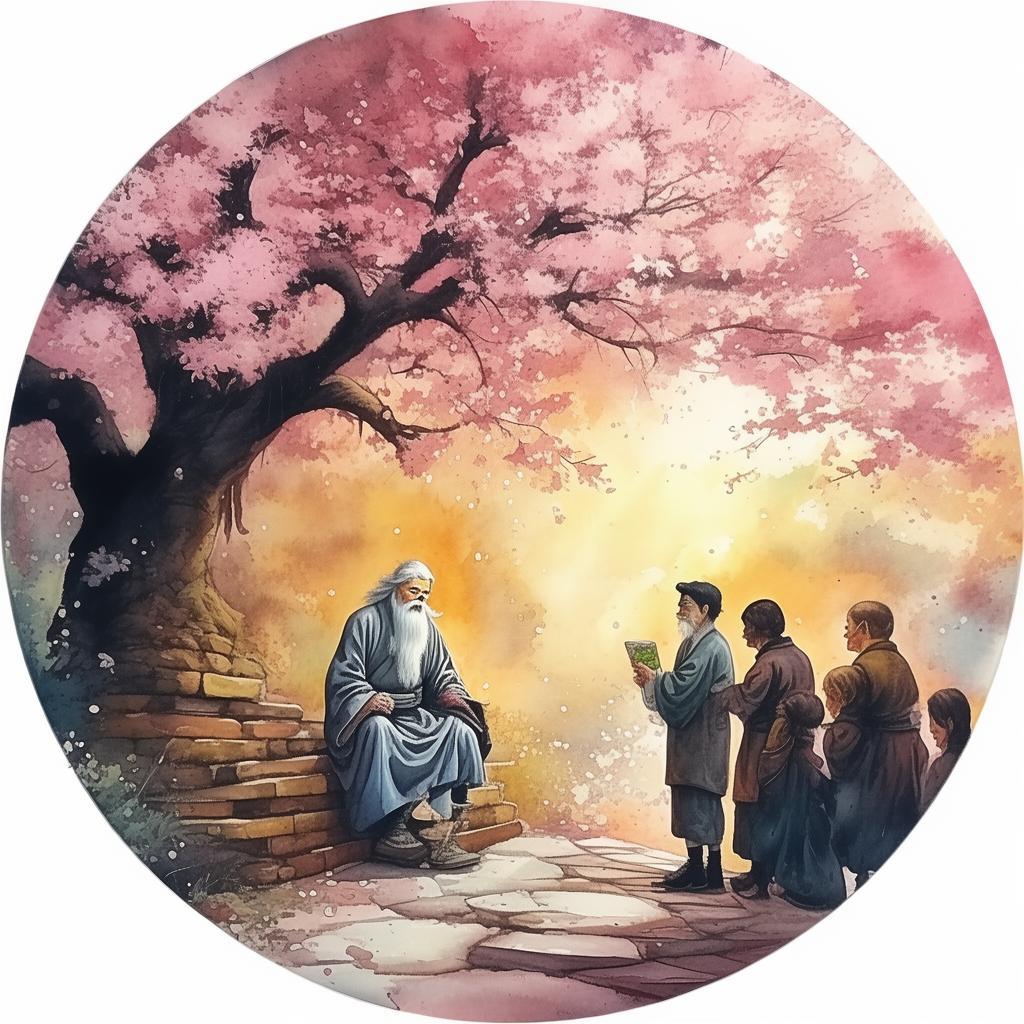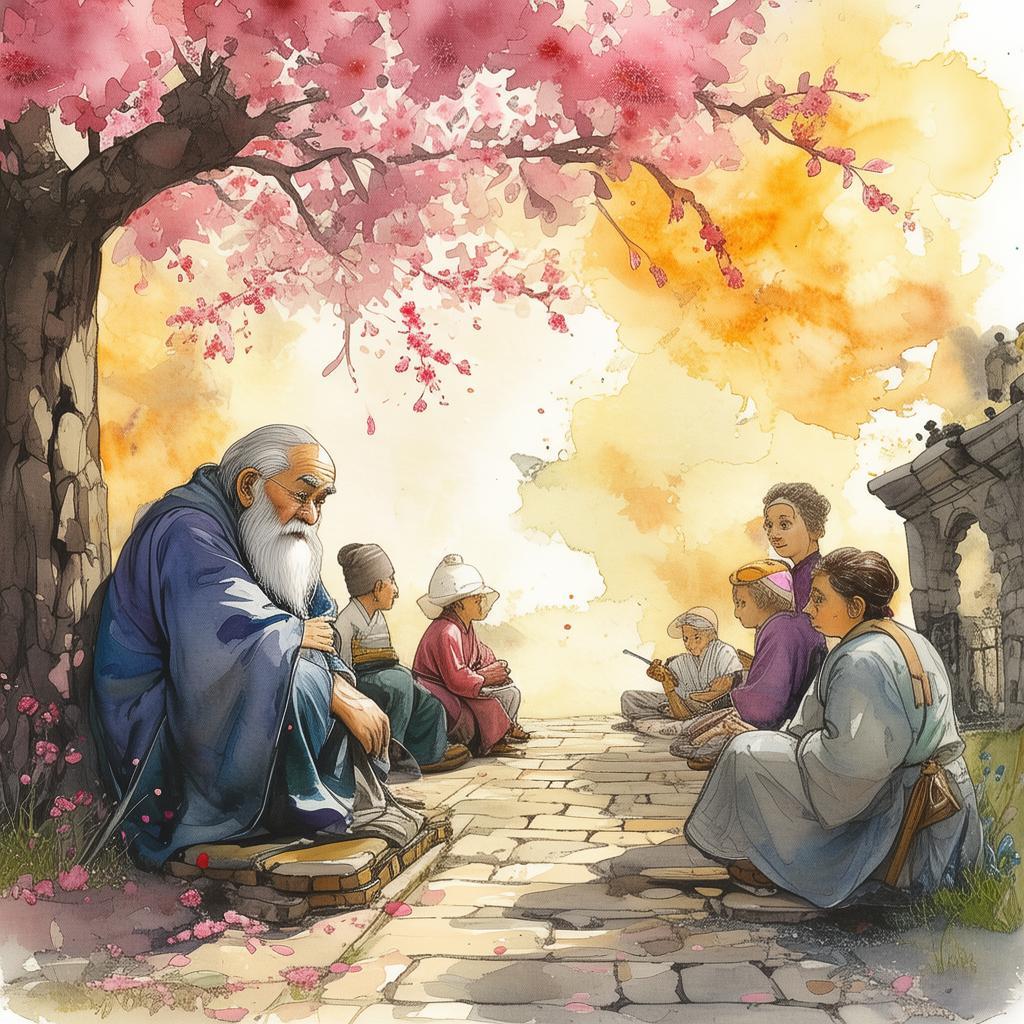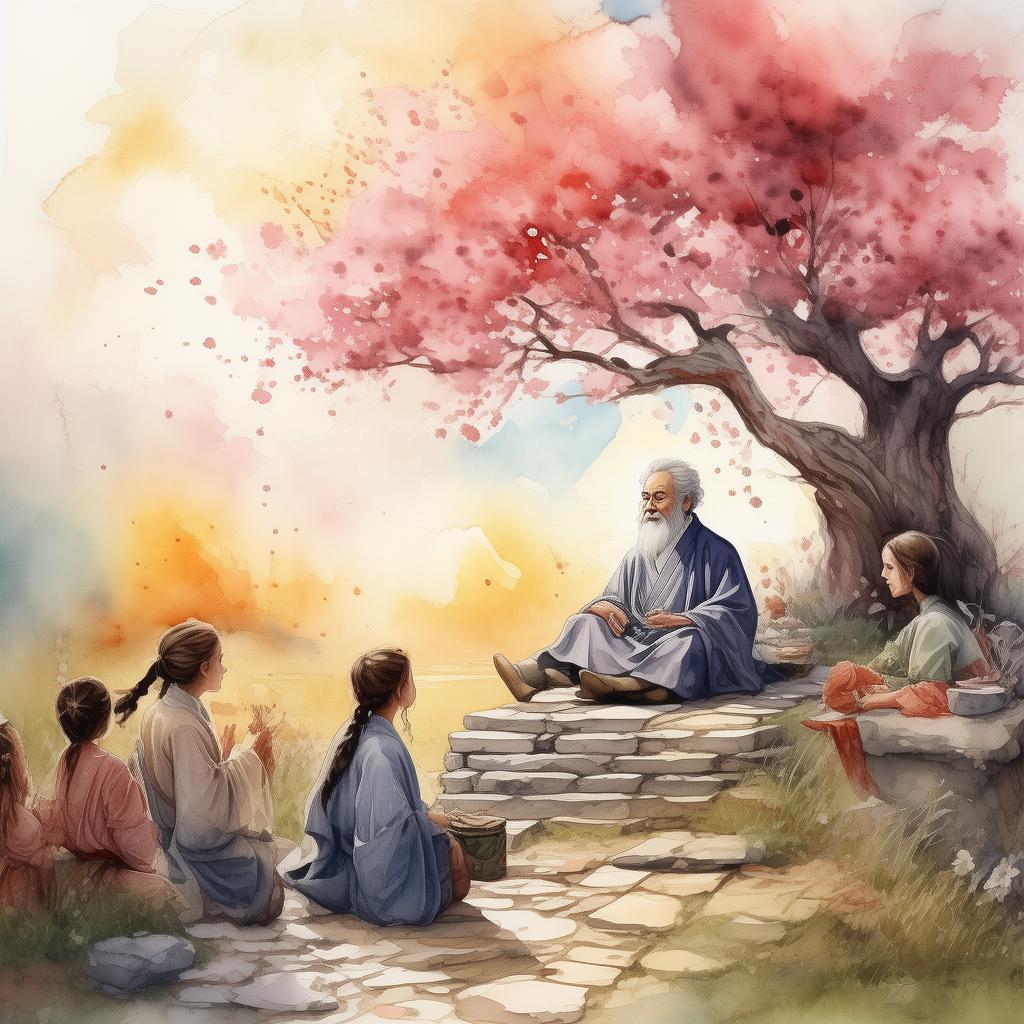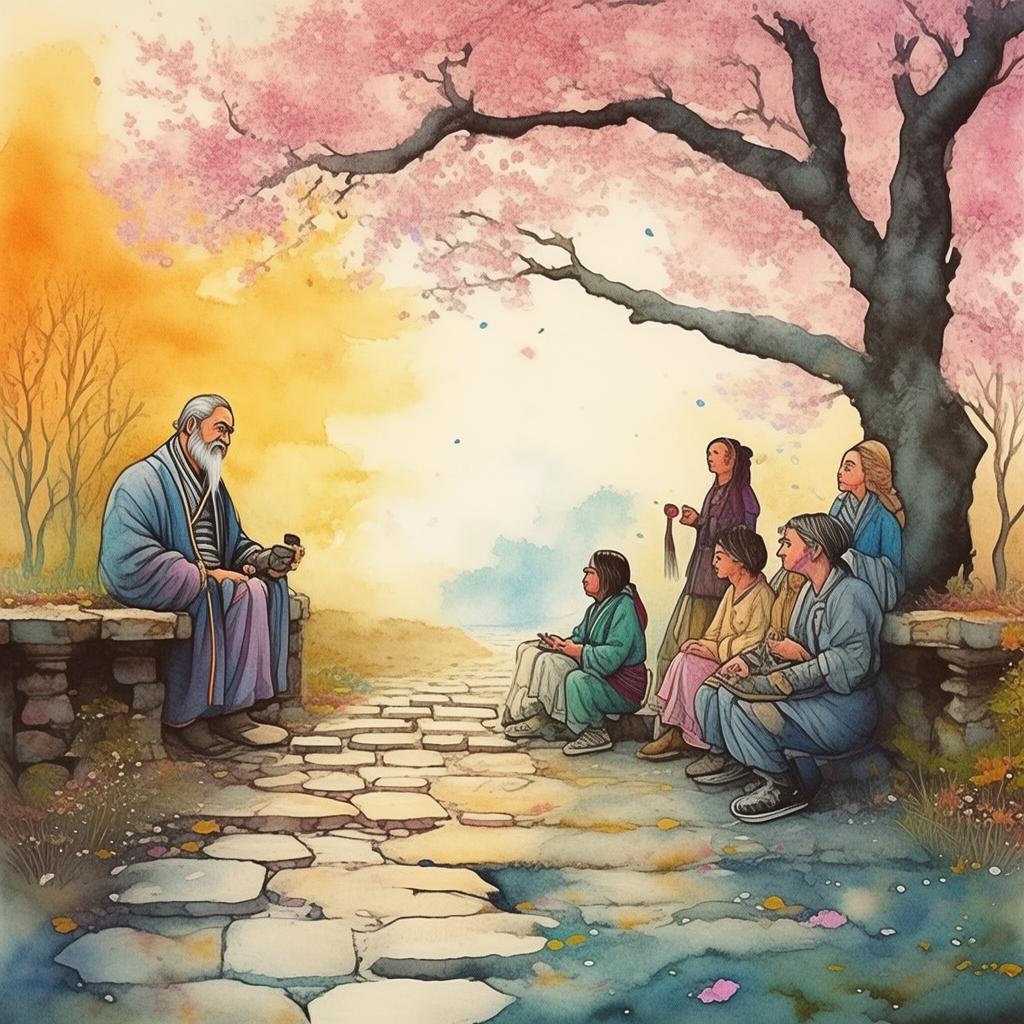The Roar of the Wilderness: Echoes of the Unseen
In the heart of a sprawling forest, where the whispers of the wind danced through the ancient trees, there lived an artist named Li. Li was known for her extraordinary ability to paint the most ordinary landscapes with a touch that seemed to bring the wilderness to life. Her latest project was a series of paintings titled "The Roar's Resonance," which aimed to illustrate the wilderness in a way that no one had ever seen before.
Li spent countless days wandering through the forest, her eyes searching for the hidden beauty that only the wilderness could provide. She would often sit by a river, her canvas spread out before her, and listen to the roar of the water as it surged over the rocks, a constant reminder of the natural world's unyielding power.
One evening, as the sun dipped below the horizon, casting long shadows across the forest floor, Li found herself at a clearing where a mighty oak tree stood. Its gnarled branches reached out like ancient hands, and its roots were a labyrinth of strength. She felt an inexplicable pull towards the tree, as if it were calling her.
As she approached, Li noticed a small, weathered book lying at the base of the oak. Curiosity piqued, she picked it up and opened it to find a series of sketches and notes, detailing the life of an old hermit who had once lived there. The hermit, named Ming, had been a man of great wisdom and had spent his days in meditation and observation of the natural world.
Li read through Ming's notes, each one filled with descriptions of the forest's hidden wonders and the subtle resonances of the wilderness. It was as if Ming had been trying to communicate something profound to those who would come after him.

One note in particular stood out to Li. It read, "The true roar of the wilderness is not the sound of the wind or the roar of the river; it is the silent echo of the world within us. Only those who listen can hear it."
Determined to capture this essence in her art, Li returned to her studio, her mind alight with inspiration. She began to work on a new painting, this time focusing not on the external beauty of the forest, but on the internal landscape of her own soul.
As she worked, Li felt a strange connection to the forest, as if she were a part of it. She began to hear the whispers of the wind, the rustling of leaves, and the distant calls of wildlife. It was as if the wilderness itself were speaking to her, guiding her brush.
Days turned into weeks, and Li's painting took shape. It was a mesmerizing portrayal of the forest's heart, filled with vibrant colors and intricate patterns that seemed to tell a story of its own. But as she stepped back to admire her work, Li realized that something was missing.
The painting was beautiful, but it lacked the true roar of the wilderness. She knew then that she had to embark on a journey of self-discovery to fully understand the meaning behind Ming's words.
Li left her studio and ventured back into the forest. She spent her days in solitude, meditating and reflecting on her own life, her dreams, and her fears. She began to understand that the roar of the wilderness was not just a metaphor for the natural world, but a reflection of the human experience.
As the days passed, Li's connection to the forest deepened, and she began to hear the echoes of the unseen world within her own soul. She felt the roar of her own inner strength, the quiet resilience that had always been there, waiting to be acknowledged.
Finally, Li returned to her studio, ready to complete her painting. She worked through the night, her brush moving with a newfound confidence. When she finished, she stepped back and looked at the canvas, and for the first time, she saw the true roar of the wilderness reflected in her work.
The painting was a masterpiece, a harmonious blend of the natural world and the human spirit. It was a testament to the power of art to reveal the hidden truths of the world, and of the soul.
The Roar of the Wilderness: Echoes of the Unseen was soon displayed in a local gallery, drawing crowds and sparking conversations. People came to see not just a painting, but a reflection of their own inner lives, a reminder that the true roar of the wilderness is not just a sound, but a feeling, a resonant echo that can be heard within the depths of the human heart.
✨ Original Statement ✨
All articles published on this website (including but not limited to text, images, videos, and other content) are original or authorized for reposting and are protected by relevant laws. Without the explicit written permission of this website, no individual or organization may copy, modify, repost, or use the content for commercial purposes.
If you need to quote or cooperate, please contact this site for authorization. We reserve the right to pursue legal responsibility for any unauthorized use.
Hereby declared.
